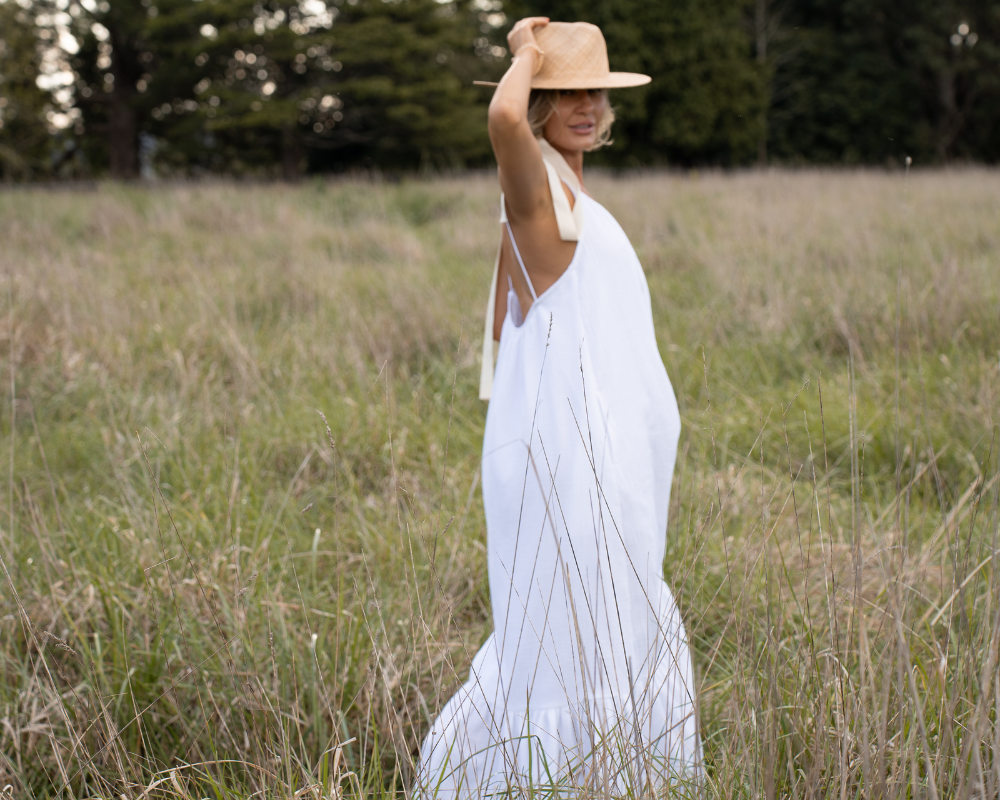Fifteen years ago I wasn't the sustainable fashion supporter that I am now. My love of fashion and trends meant that I often purchased clothing knowing very little about where it was from, who made it and why it was so affordable. I would like to think that today, millennials and beyond are somewhat better informed than I was.
Initially my love of creating led me to a career in fashion but it was my love of quality, well made clothing and perhaps age that led me to question some of the manufacturing practises, textiles and resources that the fashion industry uses. I chose to create a brand that focused on natural fibres and small local manufacturing in an attempt to responsibly design new garments under the banner of "sustainable clothing". What I now know about the wider fashion industry has meant that sustainable clothing is becoming a concept that I am struggling with more and more.
The most sustainable option is always going to be to wear what's already in your wardrobe, yet today each Australian disposes an average 23 kilograms of clothing to landfill each year, "charity fashion" and "t-shirts for a cause" receive positive attention and so the throwaway culture of fast fashion continues to grow. Clothing consumption is so high today that charity and second hand stores are inundated with bad haul purchases from the likes of fast fashion giant Shein. The words sustainable fashion have not only lost their weight but have become so common that it's hard to know what's actually sustainable, who's green-washing and where we should go next?
I am all for brands evolving and promoting their ethical practices and that progress should be applauded when better environmental choices are made and fair labour practices are met but when you realise 93% of global brands aren’t paying garment workers a living wage or that 70% of all fashion sold is now made with polyester and synthetic materials, you have to wonder how so many brands manage to call themselves sustainable.
We as consumers may be responsible for making conscious choices but If the system isn't accountable we will barely scratch the surface. For many small brands like my own the cost of accreditations are costly so with this in mind I focus on using fabrics that are GOTS, ACO or OEKO certified or that have been sourced from unwanted "deadstock". We manufacture small quantities using a pre-order system allowing us to accurately plan our production so that we can then produce more realistic stock amounts and also offer individually made to order items. We try to make only what we need.
Going back to why I started in the clothing industry, creating and making is truly satisfying and has led me to create a collection of "up-cycled" one-off pieces, made individually with respect to the original garment. By re-purposing unwanted garments I hope to prevent clothing and textiles from ending up in landfill and to pre-long the life of clothing that still has life in it.
If you're with me and want to see more of these special, unique, one of a kind pieces - the ones that are so precious you repair them or remake them join our mailing list to be the first to know when we launch.


